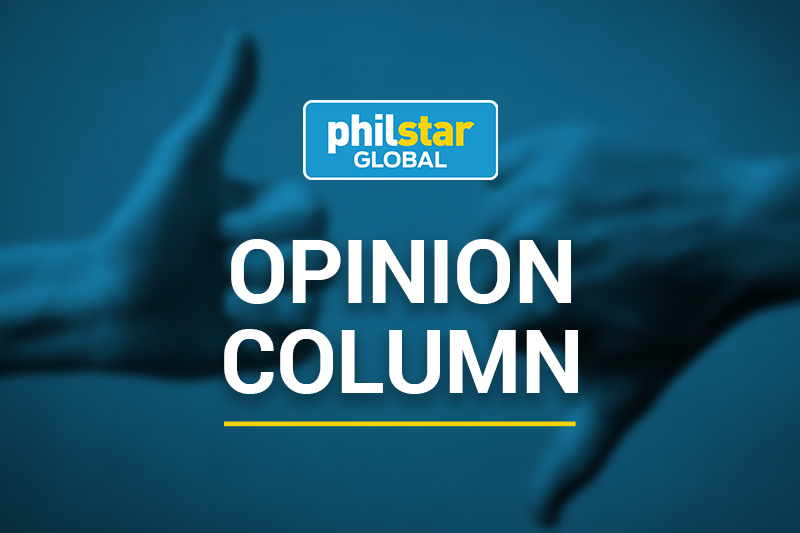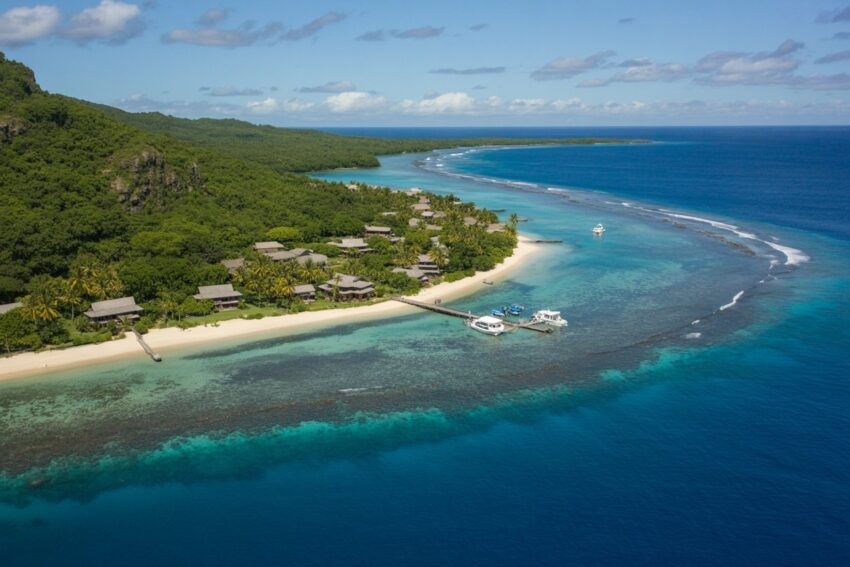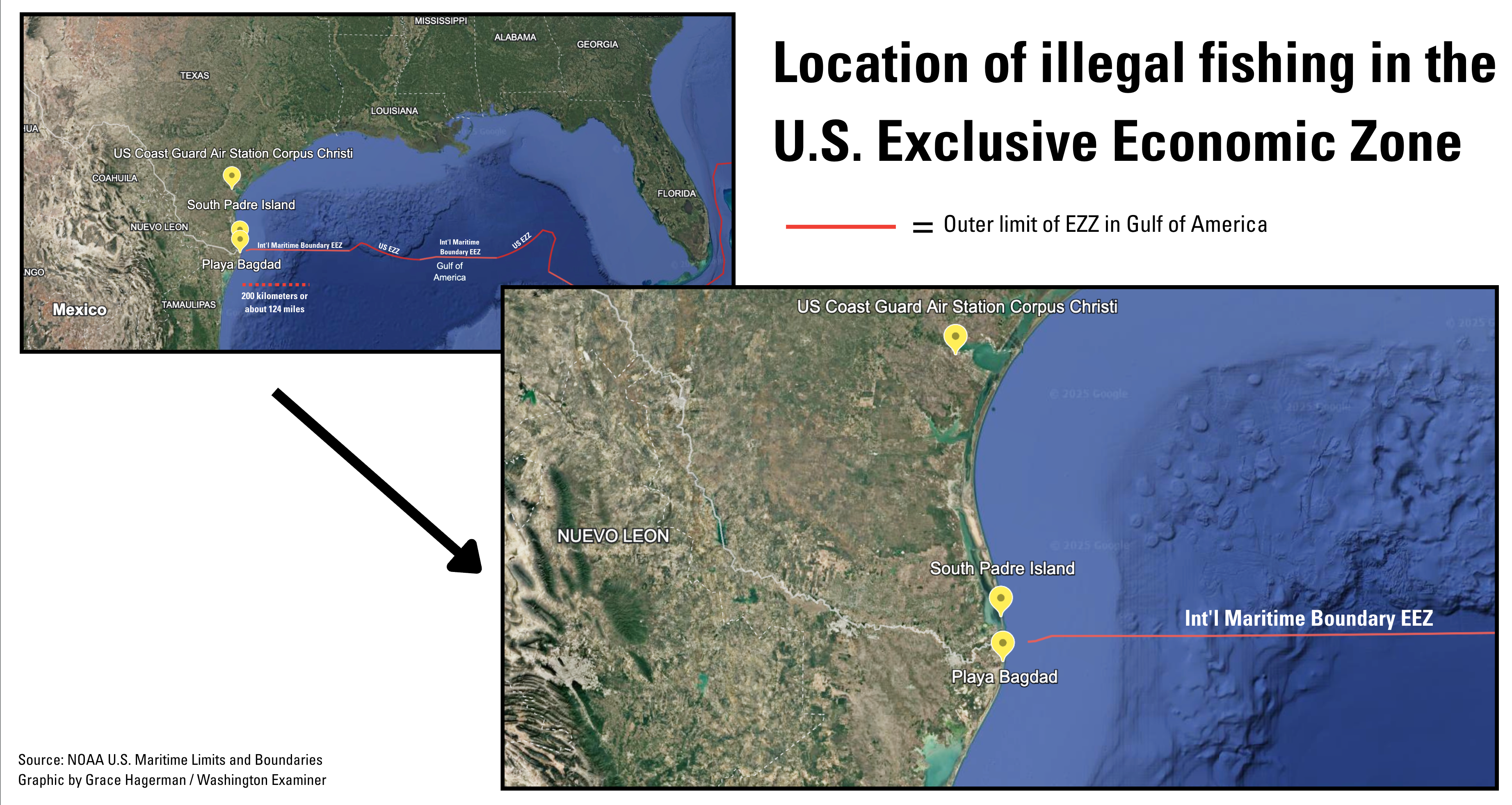Report on International Collaboration for Sustainable Fisheries Management in Southeast Asia
1.0 Executive Summary
A delegation from Rhode Island, USA, participated in an Asia-Pacific Economic Cooperation (APEC) forum in Indonesia in September 2025. The forum, focused on the sustainable management of small pelagic fish stocks, aimed to enhance international cooperation in alignment with several United Nations Sustainable Development Goals (SDGs). The collaboration sought to establish digital data-sharing systems and science-based policies, directly contributing to SDG 14 (Life Below Water) and SDG 17 (Partnerships for the Goals).
2.0 Forum Objectives and Alignment with SDG 14: Life Below Water
The primary objective of the APEC forum was to address the under-management of transboundary small pelagic fish species in Southeast Asia. This initiative is critical for achieving the targets of SDG 14, which calls for the conservation and sustainable use of marine resources.
- Target 14.4: Effectively regulate harvesting and end overfishing by implementing science-based management plans to restore fish stocks. The forum directly addressed this by promoting science-driven policies and data sharing.
- Target 14.7: Increase the economic benefits to developing states from the sustainable use of marine resources, including through the sustainable management of fisheries. The proposed regional management framework aims to secure these economic benefits.
- Target 14.a: Increase scientific knowledge, develop research capacity, and transfer marine technology. The collaboration emphasized data-sharing, capacity building, and knowledge transfer from established North American models.
3.0 Fostering Global Partnerships for the Goals (SDG 17)
The forum exemplified a multi-stakeholder partnership essential for achieving the SDGs. The collaboration involved academia, government bodies, and international representatives, reinforcing SDG 17 by uniting developed and developing nations to achieve a common sustainability objective.
3.1 Participating Entities
- Organizers: Indonesian Ministry of Marine Affairs and Fisheries, Haluoleo University.
- U.S. Delegation: Experts from the University of Rhode Island (URI) and the Rhode Island Department of Environmental Management (DEM).
- APEC Member Economies Represented: Australia, Brunei, Chile, China, Indonesia, Peru, the Philippines, Singapore, Taiwan, and Vietnam.
- Observers: A diplomat from the Russian Embassy in Jakarta.
4.0 Key Contributions from the Rhode Island Delegation
The multidisciplinary team from Rhode Island provided critical expertise, modeling a cooperative framework based on successful North American fisheries management. This knowledge transfer supports SDG 9 (Industry, Innovation, and Infrastructure) by promoting technological and data-driven solutions for resource management.
- Biological Context and Framework: Professor Michael A. Rice of URI delivered the keynote address, outlining the biological necessity for cooperative management of migratory fish stocks, drawing parallels with the Atlantic States Marine Fisheries Commission.
- Data-Sharing and Stock Assessment: Dr. Jason McNamee of Rhode Island DEM presented a case study on the U.S. East Coast menhaden fishery. This demonstrated how multiple jurisdictions can successfully co-manage a shared resource through coordinated, digital data systems and adaptive ecosystem-based management.
- Legal and Governance Structures: Maria Rice, Esq., of Rhode Island DEM, presented on international legal frameworks and governance structures. Her work supports the development of strong and effective institutions (SDG 16) for environmental regulation.
5.0 Advancing Gender Equality and Economic Resilience (SDG 5 & SDG 8)
The forum also addressed the social and economic dimensions of sustainable fisheries, contributing to broader development goals.
- SDG 5 (Gender Equality): A dedicated workshop on the role of women in fisheries, led by Maria Rice, highlighted the importance of gender equality and the empowerment of women in the marine sector for achieving sustainable outcomes.
- SDG 8 (Decent Work and Economic Growth): By promoting sustainable fishery management, the initiative supports the long-term viability of coastal economies, ensuring decent work and economic resilience for communities dependent on marine resources. This also contributes to SDG 2 (Zero Hunger) by securing a vital food source.
6.0 Conclusion
The APEC forum marked a significant step toward establishing a cooperative, science-based framework for managing shared small pelagic fish stocks in Southeast Asia. The contributions of the Rhode Island delegation provided a practical model for data-sharing and governance. This international partnership directly advances multiple SDGs, particularly SDG 14 (Life Below Water) and SDG 17 (Partnerships for the Goals), by fostering the necessary collaboration to protect marine biodiversity and ensure the long-term sustainability of vital ocean resources.
1. Which SDGs are addressed or connected to the issues highlighted in the article?
-
SDG 14: Life Below Water
This is the most central SDG in the article. The entire focus of the APEC forum is on “sustainable fishery management,” specifically for “small pelagic fish.” The article discusses the need for “regional management,” “science-based policies,” and “stock assessment” to protect marine resources, which directly aligns with the goal of conserving and sustainably using the oceans, seas, and marine resources.
-
SDG 17: Partnerships for the Goals
The article highlights a multi-stakeholder and international partnership. It describes a collaboration between a U.S. university (URI), a state government agency (Rhode Island DEM), and representatives from multiple Southeast Asian countries (Indonesia, Brunei, Chile, China, etc.) through the APEC forum. The goal of creating “digital data-sharing systems” and boosting “international coordination” is a clear example of strengthening the means of implementation and revitalizing global partnerships for sustainable development.
-
SDG 5: Gender Equality
The article explicitly mentions that Maria Rice “led a workshop on women in fisheries.” This action directly addresses the need to empower women and promote their role in specific economic and scientific sectors, aligning with the goal of achieving gender equality and empowering all women and girls.
-
SDG 8: Decent Work and Economic Growth
The article mentions that effective collaboration can “build resilient ecosystems and coastal economies.” This connects sustainable resource management to economic stability and growth for coastal communities that depend on fisheries. Promoting sustainable fisheries ensures the long-term viability of these economies.
2. What specific targets under those SDGs can be identified based on the article’s content?
-
SDG 14: Life Below Water
- Target 14.4: By 2020, effectively regulate harvesting and end overfishing, illegal, unreported and unregulated fishing and destructive fishing practices and implement science-based management plans, in order to restore fish stocks in the shortest time feasible, at least to levels that can produce maximum sustainable yield as determined by their biological characteristics.
- The article’s focus on managing “under-managed” small pelagic fish and using “stock assessment” and “science-based policies” directly supports this target.
- Target 14.a: Increase scientific knowledge, develop research capacity and transfer marine technology, taking into account the Intergovernmental Oceanographic Commission Criteria and Guidelines on the Transfer of Marine Technology, in order to improve ocean health and to enhance the contribution of marine biodiversity to the development of developing countries, in particular small island developing States and least developed countries.
- The collaboration, where U.S. experts share expertise on “data-sharing and science-based policies” with Southeast Asian nations, is a direct example of transferring knowledge and building research capacity.
- Target 14.4: By 2020, effectively regulate harvesting and end overfishing, illegal, unreported and unregulated fishing and destructive fishing practices and implement science-based management plans, in order to restore fish stocks in the shortest time feasible, at least to levels that can produce maximum sustainable yield as determined by their biological characteristics.
-
SDG 17: Partnerships for the Goals
- Target 17.6: Enhance North-South, South-South and triangular regional and international cooperation on and access to science, technology and innovation and enhance knowledge sharing on mutually agreed terms.
- The APEC forum, involving a U.S. team sharing knowledge with Asian and South American nations, is a perfect example of North-South and triangular cooperation on science and technology for sustainable management.
- Target 17.16: Enhance the global partnership for sustainable development, complemented by multi-stakeholder partnerships that mobilize and share knowledge, expertise, technology and financial resources, to support the achievement of the sustainable development goals in all countries, in particular developing countries.
- The partnership between academia (URI), government (DEM), and international bodies (APEC) to share expertise and build cooperative frameworks exemplifies a multi-stakeholder partnership.
- Target 17.6: Enhance North-South, South-South and triangular regional and international cooperation on and access to science, technology and innovation and enhance knowledge sharing on mutually agreed terms.
-
SDG 5: Gender Equality
- Target 5.5: Ensure women’s full and effective participation and equal opportunities for leadership at all levels of decision-making in political, economic and public life.
- Leading a “workshop on women in fisheries” is a specific action aimed at enhancing the participation and role of women in the fisheries sector, which is a key part of public and economic life in coastal regions.
- Target 5.5: Ensure women’s full and effective participation and equal opportunities for leadership at all levels of decision-making in political, economic and public life.
3. Are there any indicators mentioned or implied in the article that can be used to measure progress towards the identified targets?
Yes, the article mentions or implies several actions and outcomes that can serve as indicators:
-
For SDG 14 (Target 14.4):
- Indicator (Implied): Proportion of fish stocks within biologically sustainable levels (Indicator 14.4.1). The article’s entire purpose is to establish management systems (“stock assessment,” “adaptive ecosystem-based management”) to ensure fish stocks are managed sustainably. Progress would be measured by the health of the small pelagic fish stocks in the region after these systems are implemented.
-
For SDG 17 (Target 17.6):
- Indicator (Mentioned): The creation of “digital data-sharing systems” among Southeast Asian nations. The development and implementation of these systems is a tangible, measurable outcome of the international cooperation described.
-
For SDG 5 (Target 5.5):
- Indicator (Mentioned): The organization of a “workshop on women in fisheries.” The number of such workshops held and the level of participation by women in fisheries management forums can be used as indicators of progress toward ensuring their full and effective participation.
4. SDGs, Targets, and Indicators Table
| SDGs | Targets | Indicators (Mentioned or Implied in the Article) |
|---|---|---|
| SDG 14: Life Below Water | 14.4: Effectively regulate harvesting and end overfishing by implementing science-based management plans.
14.a: Increase scientific knowledge and develop research capacity. |
Implementation of science-based policies and stock assessments for small pelagic fish.
Sharing of U.S. expertise on fisheries management with Southeast Asian nations. |
| SDG 17: Partnerships for the Goals | 17.6: Enhance North-South regional and international cooperation on science, technology, and innovation.
17.16: Enhance the global partnership for sustainable development through multi-stakeholder partnerships. |
Creation of cooperative frameworks and digital data-sharing systems among APEC nations.
The APEC forum itself, as a collaboration between academia (URI), government (DEM), and international representatives. |
| SDG 5: Gender Equality | 5.5: Ensure women’s full and effective participation and equal opportunities for leadership. | The organization of a “workshop on women in fisheries” to enhance their role and participation in the sector. |
| SDG 8: Decent Work and Economic Growth | 8.4: Improve global resource efficiency and decouple economic growth from environmental degradation. | The stated goal of building “resilient coastal economies” through sustainable fishery management practices. |
Source: uri.edu







